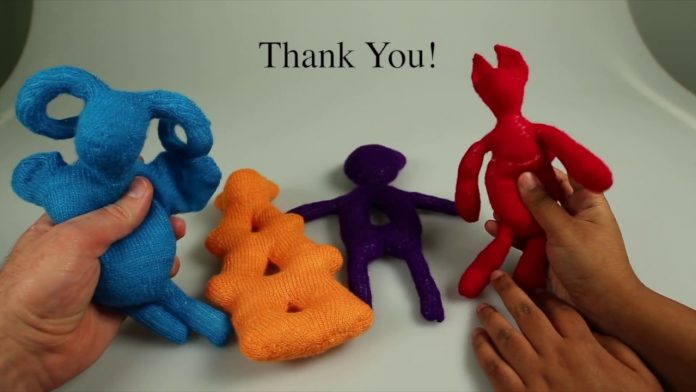Scientists at the Carnegie Mellon University Textiles Lab have created software which can convert practically any 3D model into a knitting pattern.
In a pre-publication paper Automatic Machine Knitting of 3D Meshes, authors Vidya Narayanan, Lea Albaugh, Jessica Hodgins, Stelian Coros, and Jim McCann outline a methodology for converting 3D models into instructions that can be followed by a computer-controlled knitting machine.
Such machines are already common in textile manufacturing. Those flyknit Nikes on your feet, for example. So it should be pretty straightforward to apply them to making low-poly Pokemon and the like.
Knitted Replicas of Thingiverse Models on the Horizon?
According to the paper, a human must instruct the software where the knitting machine should start and stop on a given 3D model. But everything else is handled auto-magically, generated from an analysis of the model’s complex 3D mesh. This includes the path the machine should take as it does the actual knitting.
The software also takes into account any limitations of the knitting machine’s capabilities. It won’t generate a pattern that could potentially jam its mechanism due to complexity, for example, or cause the yarn to snap or tear before the knitted model is complete.
Alas, while this development is very exciting for any knitting enthusiasts (and we count ourselves among them), the research at the CMU Textiles Lab is to date focused only on compatibility with knitting machines.
Stand down for the time being, grandma. It’s not yet ready to create patterns for anyone with a pair of knitting needles to start working on. But one can dream of a rosy bright future where we’ll all be knitting a 3DBenchy in water-repellent wool.















